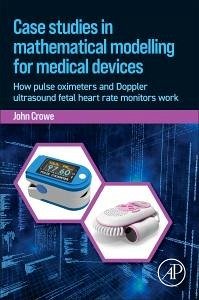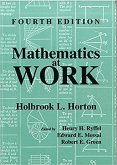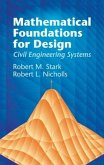Case Studies in Mathematical Modelling for Medical Devices: How Pulse Oximeters and Doppler Ultrasound Fetal Heart Rate Monitors Work focuses on three medical devices used to monitor some aspect of physiological status: pulse oximetry, laser Doppler flowmetry and Doppler ultrasound fetal heart rate monitoring. The book's three case studies serve as the basis for readers to be able to generalize modeling to other medical devices. It introduces mathematical topics that appear in many areas of science and engineering by demonstrating the value of being able to model how devices work. This requires a brief description of their operating principles before appropriate mathematics. Containing three parts about each medical device, the book begins with a chapter on probability distributions that will be used in oximetry and laser Doppler flowmetry parts. This book is for MSc and PhD students in biomedical engineering and those interested in the mathematics behind the design of the instrumentation that they use.








